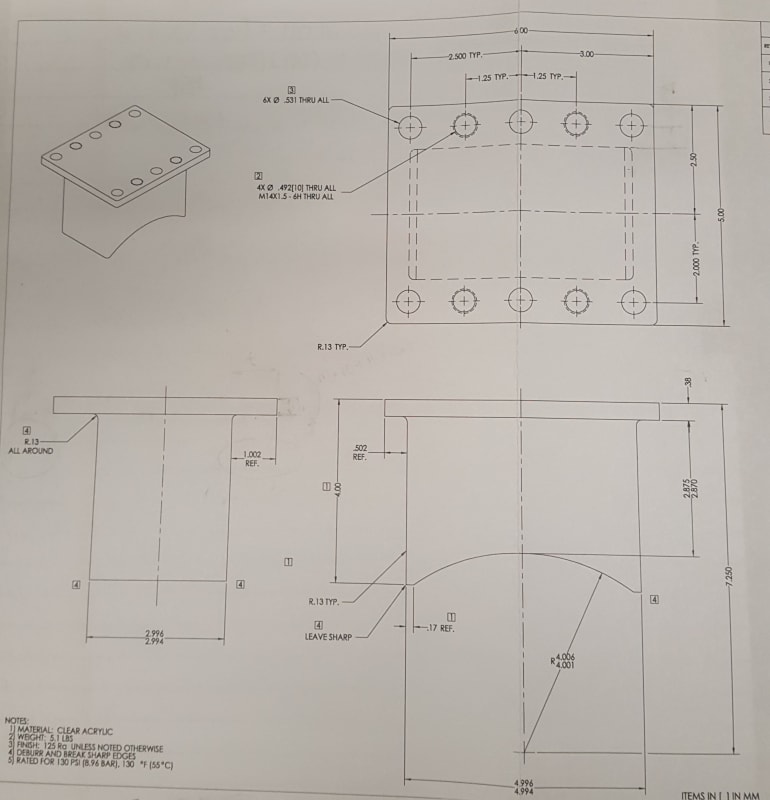Any idea what caused the plug to become stuck? It sounds like it's less a friction problem, and possibly more of an adhesion problem, or did the plug get cocked sideways and jam? Irregardless, if it were me, I would get a new one ordered or start machining a replacement...and then not waste time on analysis, just go ahead and try to jack it out carefully and slowly advancing a screw in each (4x?) of the tapped holes, and have a couple of drills and taps (and a hammer and chisel) on hand to tap the body of the plug to pull it once the flanges have snapped off, and then drill the remainder of the plug out when the body shatters, and carve out the remainder with hammer and chisel.

